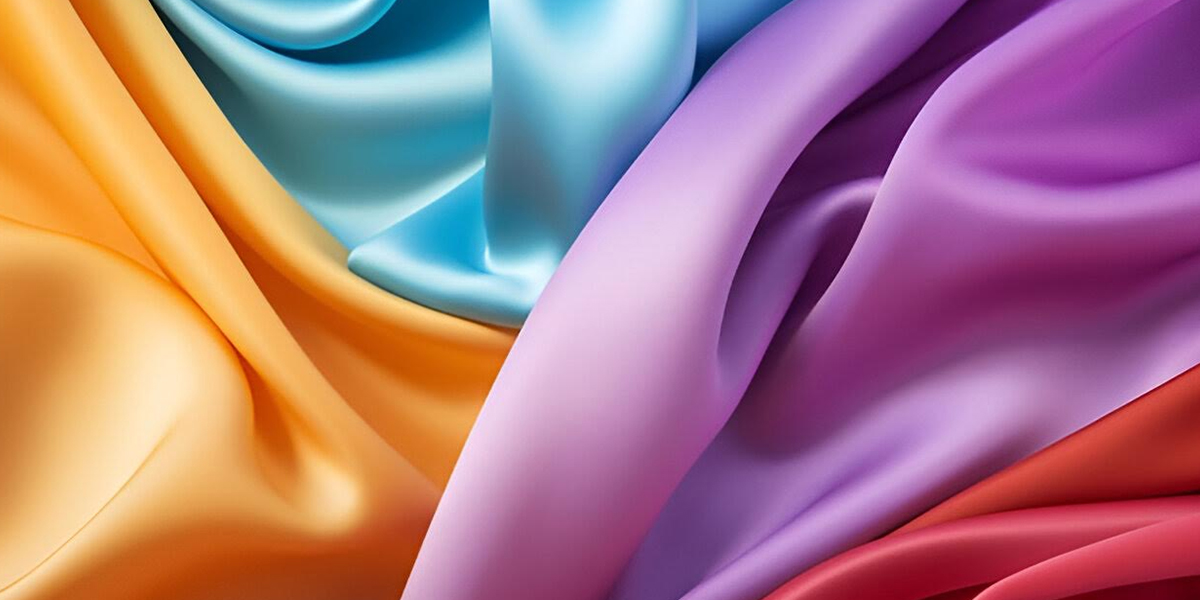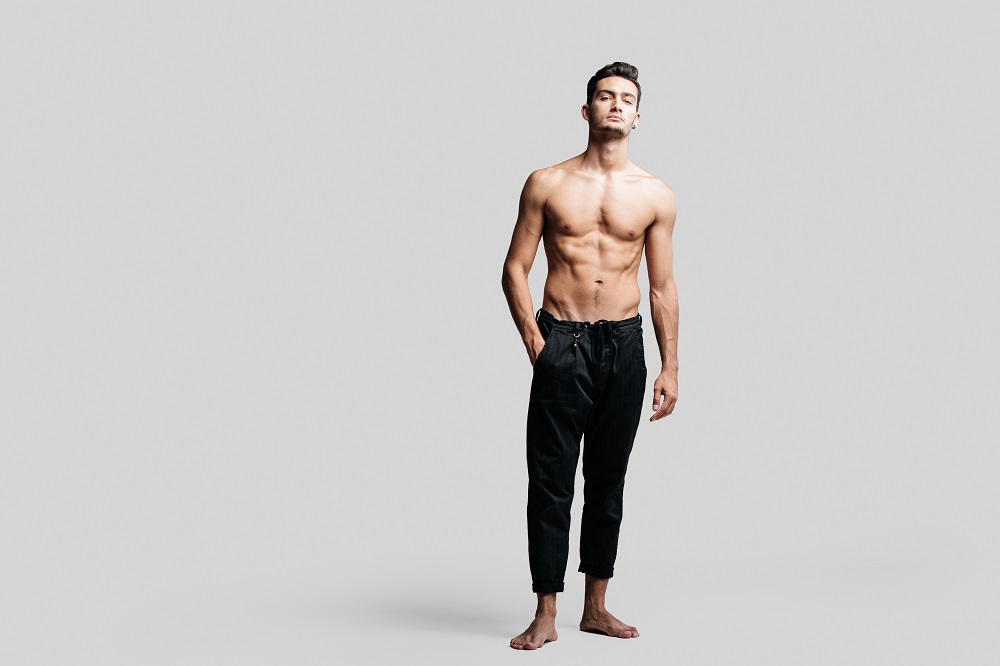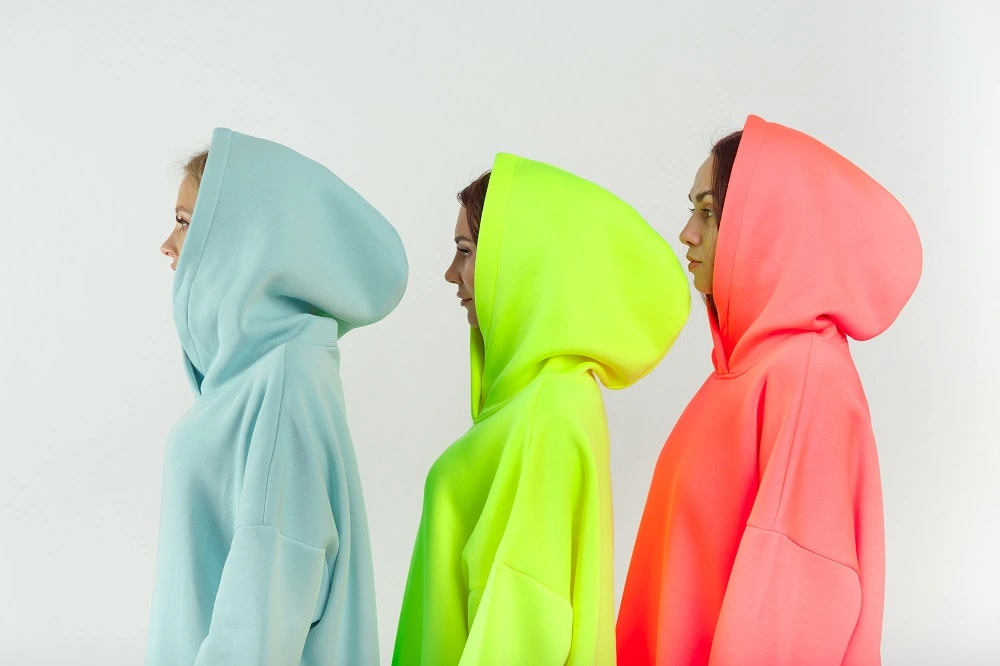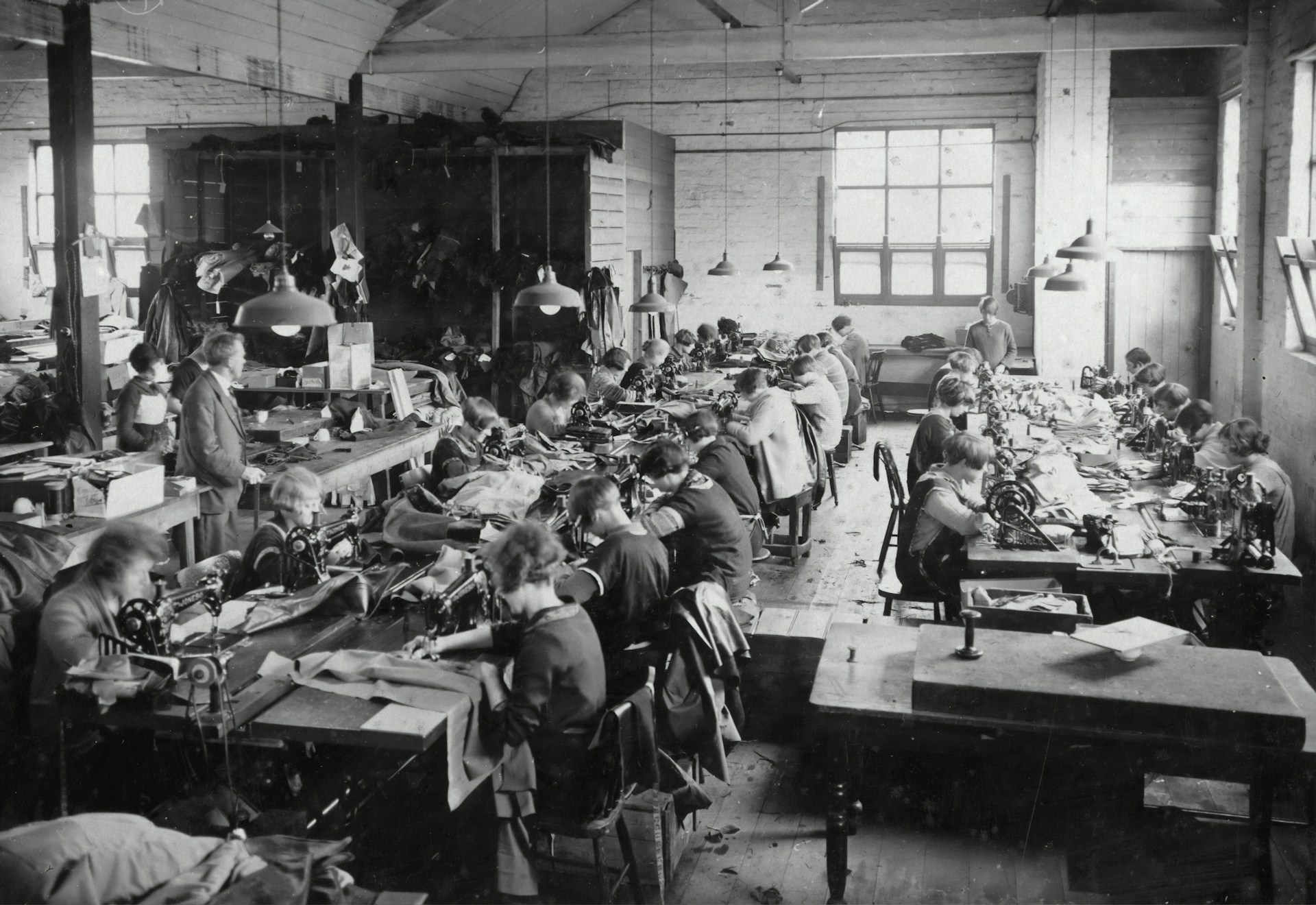Rayon fabric is a semi-synthetic material made from natural cellulose, offering the best of both worlds—comfort like natural fibers and versatility like synthetic ones. Known for its silk-like texture, breathability, and ability to hold vibrant colors, rayon has become a staple in the textile industry. For businesses seeking a sustainable and cost-effective alternative, rayon is an ideal choice, blending quality with affordability. From apparel to home textiles, its adaptability across products makes it a go-to fabric for manufacturers looking to diversify their offerings and meet eco-conscious consumer demands.
What Is Rayon Fabric?
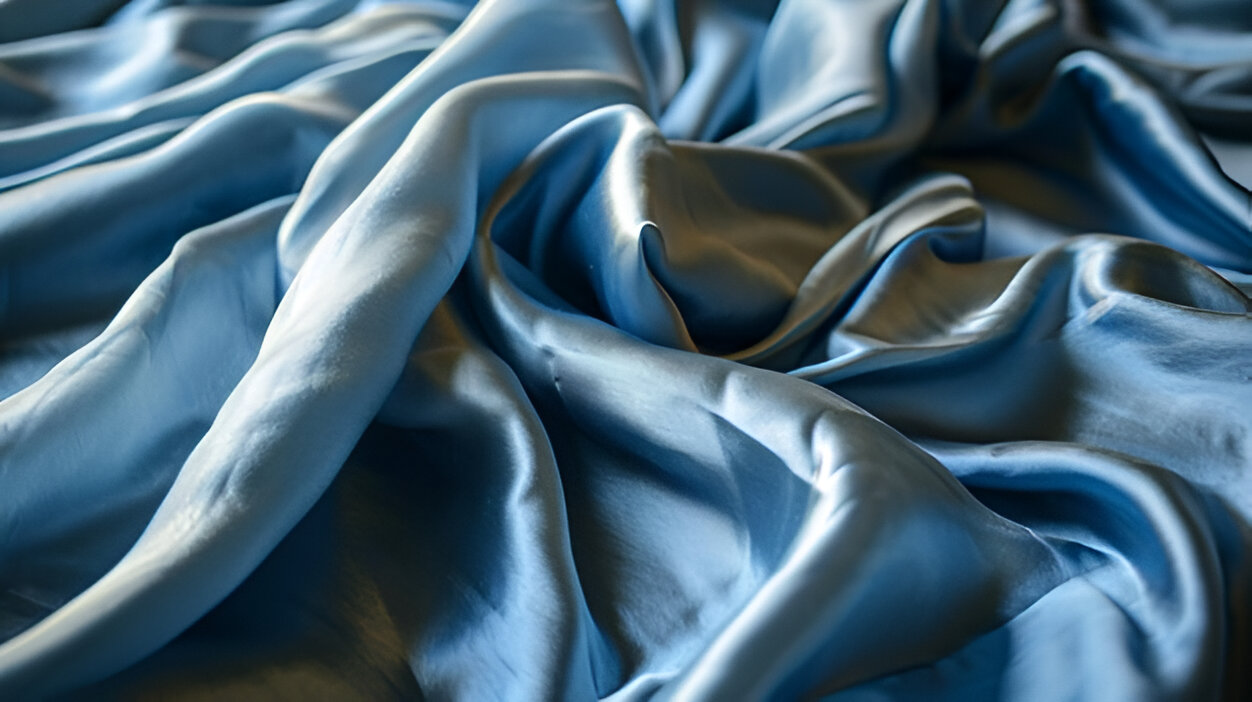
Rayon is a distinct material that falls in the middle of natural and synthetic fabrics. Rayon, usually made from cellulose found in wood pulp, is chemically processed to convert the natural fibers into a flexible, soft fabric.
Rayon can imitate the characteristics of natural materials such as cotton and silk, as well as provide the benefits of synthetic fibers, due to this partially synthetic blend. Its extensive usage in the fashion industry, home décor, and various industrial sectors showcases its flexibility and cost-effectiveness, which has made it a top choice for manufacturers.
History & Origin
Rayon was created in the late 1800s as a more affordable substitute for silk, which was valued for its opulent texture but costly and challenging to obtain. The creation of rayon offered the fashion industry a cheaper alternative that imitated silk’s smoothness and shine. The search for a more affordable fabric to satisfy the increasing need for silk-like materials led to the commercial production of rayon material in the early 1900s.
Types of Rayon
Various forms of rayon exist, each having distinct characteristics and methods of production. Viscose, modal, and lyocell are the three most frequently encountered types. Even though they all originate from cellulose, the variations occur in their treatment and resulting qualities, thus determining their specific uses in the textile sector.
Viscose Rayon
Viscose is the most commonly utilized type of rayon. It is created by dissolving cellulose in chemicals, transforming it into fibers that are then spun into fabric. Famous for its soft texture and good draping properties, viscose rayon is commonly utilized in dresses, blouses, and linings. Its vibrant coloring abilities and cost-effectiveness have made it a popular option in the fashion industry, despite being less long-lasting compared to other forms of rayon.
Modal Rayon
Modal is a form of rayon that is more resilient and long-lasting compared to viscose. It is created using an altered chemical technique that leads to finer fibers, giving modal a very soft and adaptable texture.
Frequently found in upscale clothing such as undergarments and activewear, modal stands out from other types of rayon due to its breathability and ability to resist shrinking. Its capacity to easily mix with other fibers is appealing to manufacturers wanting to improve fabric characteristics.
Lyocell
The most environmentally friendly type of rayon cloth is Lyocell, made through a closed-loop system that reuses chemicals, decreasing harm to the environment. It has excellent absorption, can decompose naturally, and feels soft and smooth.
Lyocell is one of the best sportswear fabrics, frequently utilized in eco-friendly fashion, sportswear, and household fabrics. Its durability, ability to remove moisture, and eco-friendly manufacturing process make it a preferred option for sustainability-focused brands.
How Is Rayon Made?
Rayon is a versatile fabric option for manufacturers because its production process combines natural and synthetic elements uniquely. Knowing the production process of rayon can assist companies in recognizing its various uses and the advancements that improve its eco-friendliness.
Manufacturing Process
The process starts with dissolving cellulose in chemicals to create a thick liquid, which is then forced through small spinnerets to produce fibers. The solidified fibers are turned into yarn, then either woven or knitted into fabric.
The complete procedure enables rayon to imitate the characteristics of natural fibers such as cotton, wool, or silk, providing a gentle and breathable fabric suitable for a range of textiles.
Sustainability Considerations
Although rayon production includes chemical methods, efforts have been made to decrease its environmental effects. Criticism towards traditional rayon production is mainly due to the chemical waste it generates; however, modern advancements, such as the closed-loop system utilized in creating lyocell (a type of rayon), are altering the conversation.
This technique reuses water and solvents, reducing environmental pollution and enhancing the eco-friendliness of rayon as a fabric choice. Businesses committed to sustainability can opt for lyocell rayon to meet eco-friendly objectives without compromising on quality and performance.
Properties and Characteristics of Rayon
Rayon fabrics are distinctive for their special characteristics which qualify it for various uses within the fashion and textile sectors. The unique blend of natural and synthetic elements sets it apart, offering businesses a versatile and functional fabric.
Appearance
Rayon fabric provides a luxurious look like silk with a comfortable, smooth texture that feels nice on the skin. Its elegant appearance and smooth, flowing quality make it a sought-after substitute for silk, but at a much lower price. Rayon can imitate the appearance of fabrics such as cotton and linen, providing options for manufacturers seeking varied finishes without compromising on cost.
Performance
Rayon’s high absorbency makes it a great option for moisture-wicking purposes like activewear or summer attire. The garment allows for comfort in hot weather due to its breathable fabric, and its excellent drape creates a flattering, flowing look.
Still, rayon can have moderate durability, especially in wet conditions, so it needs to be handled with care when washing and caring for it. Nevertheless, improvements in the production of rayon, including mixing it with other fibers, have enhanced its overall durability and lasting power.
Versatility
Rayon’s versatility in different uses is one of its main strengths. Rayon seamlessly fits into a variety of fashion categories, from casual t-shirts and blouses to formal dresses and suits. Its appeal is further improved by its capability to be effortlessly dyed in bright colors and embellished with detailed designs.
Moreover, the soft texture and breathability of rayon make it a popular choice for household fabrics such as bed linens and curtains, offering a variety of options for businesses to create new products.
Uses of Rayon Fabric
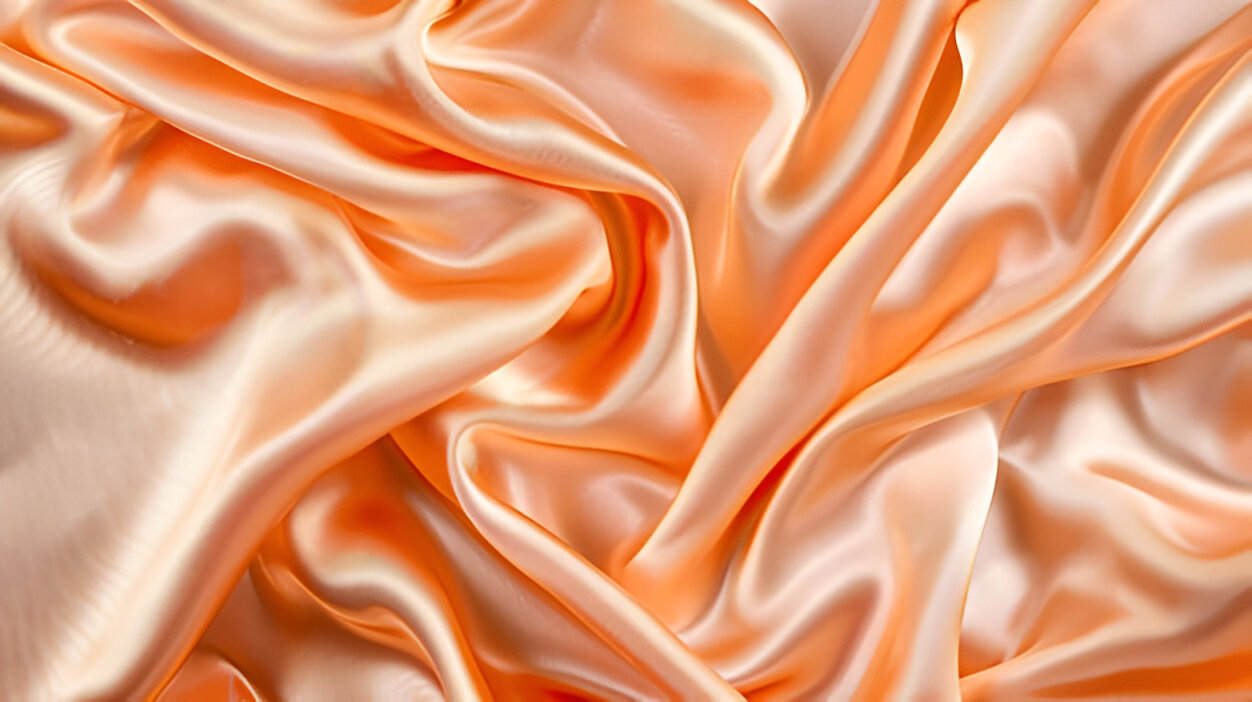
So what’s rayon material used for? Rayon’s versatility has made it a favored option in multiple sectors, but it is most commonly used in the fashion and textile industries. For both fashionable clothing and practical household items, this adaptable material meets various requirements, enabling companies to produce top-notch goods. Here, we examine the main areas where Rayon excels.
Apparel Manufacturing
Business-to-business companies often utilize rayon in a variety of clothing products such as dresses, blouses, and activewear. Its smooth feel and ability to allow airflow make it great for cozy clothing, and its capacity to replicate silk and other fancy materials makes it excellent for upscale fashion.
Moreover, rayon’s superb dyeing capabilities enable manufacturers to create clothing in bright, luxurious colors, providing a wide range of options for customization. Rayon’s versatility makes it a popular choice for clothing brands aiming to provide budget-friendly yet fashionable collections.
Home Textiles
Rayon’s softness and strength can also be seen in home fabric items like bedding, curtains, and upholstery. Its ability to draw away moisture and its softness makes it perfect for bedding, while its vibrant colors are great for adding decoration to curtains and upholstery fabrics.
Rayon’s versatility is advantageous for businesses seeking to enter the home goods market, as it offers a blend of visual attractiveness and lasting utility, resulting in a high-quality product that attracts contemporary shoppers.
Other Sectors
In addition to clothing and household fabrics, rayon is a good material for specific industrial purposes. An example would be its use in medical fabrics, due to its absorption and ability to allow air to pass through, which makes it appropriate for items such as dressings and medical gowns.
Rayon’s high strength has led to its use in tire cords within the automotive sector. Different sectors have the opportunity to innovate with rayon due to its versatility shown in various niche applications.
Key Benefits of Rayon Fabric
And what is rayon material popular for? Rayon is highly respected in the textile sector because of its wide range of advantages. The fabric is versatile and cost-effective for businesses since it blends natural and synthetic materials to serve a range of manufacturing requirements. Listed below are the main benefits that have led to rayon being a popular choice for both clothing and household fabric.
Versatility
Rayon’s versatility in various garment types is highly valuable to producers. It is widely used for both casual and formal attire, making it a versatile choice for brands targeting various segments. Rayon provides versatility and practicality in various clothing items such as dresses, tops, and activewear.
Breathability & Comfort
Rayon stands out for its capability to imitate natural fabrics such as cotton and silk. This results in excellent breathability, offering a pleasant sensation on the skin. Rayon is one of the soft and lightweight fabrics that provide optimal comfort for clothing, making it perfect for warm-weather outfits or layering.
Absorbency
Rayon is recognized for its exceptional absorbency, which makes it a superior moisture-wicking fabric. Its capacity to remove moisture from the skin provides increased comfort in different climates, particularly in humid areas. This characteristic makes rayon a popular choice for summer clothing and athletic wear.
Dyeing Properties
Rayon is excellent at retaining color, which makes it perfect for vibrant and intricate prints. The even dye absorption of its smooth texture creates rich and consistent colors that are not prone to fading. This feature is especially attractive to manufacturers aiming to produce visually captivating designs.
Cost-Effectiveness
Rayon offers a comparable level of comfort and appearance to silk or cotton but at a more affordable price. Rayon is a good fabric for manufacturers who create fashionable, cozy clothing at low costs due to the affordability and top-notch features it offers.
Care Instructions for Rayon
Proper storage is key to preserving rayon’s quality. Store rayon garments in a cool, dry place, and avoid overcrowding in your wardrobe to prevent creasing. Use padded hangers to maintain the shape of the garment or fold them neatly in a drawer. For long-term storage, keep rayon items in breathable fabric bags to protect them from dust and moisture.
Washing Tips
One of the most asked questions is, “Will rayon fabric shrink?”. Rayon clothing should be handled delicately during washing to prevent any harm. Washing hands with mild soap and cold water is the most secure choice. If you must wash the item in a machine, opt for a gentle cycle with cold water and place it in a mesh laundry bag. To keep the fabric from losing shape or getting too wrinkled, do not wring or twist it.
Drying & Ironing
To preserve the quality of rayon, dry the fabric in the air by either placing it flat on a clean towel or hanging it on a padded hanger. Stay away from direct sunlight, as it may cause the fibers to weaken gradually.
If you need to iron, use low heat and put a cloth between the iron and the fabric to avoid burning. Steaming is an alternative technique that is successful in eliminating wrinkles without the need for using direct heat.
Storage
Effective storage is crucial for maintaining the quality of rayon. Keep rayon clothing in a cool, dry location, and avoid packing your closet too tightly to avoid wrinkles. Utilize padded hangers to preserve the garment’s form or neatly fold them in a drawer. To preserve rayon items in the long run, store them in permeable cloth pouches to guard against dust and moisture.
Printing Rayon Fabric
The process of printing on rayon fabric is versatile and enables vibrant, detailed designs because of its exceptional color absorption abilities. The smooth texture and high absorbency of the fabric make it perfect for different printing methods like screen printing, digital printing, and heat transfer.
For optimal outcomes, it is crucial to pretreat rayon with an appropriate fixative to secure good ink adhesion and color retention. Moreover, it is important to properly cure and heat set the design to avoid fading or washing out. Rayon’s popularity for custom apparel and textile products is due to its capacity to retain bright colors.
How Does Rayon Compare to Other Fabrics?
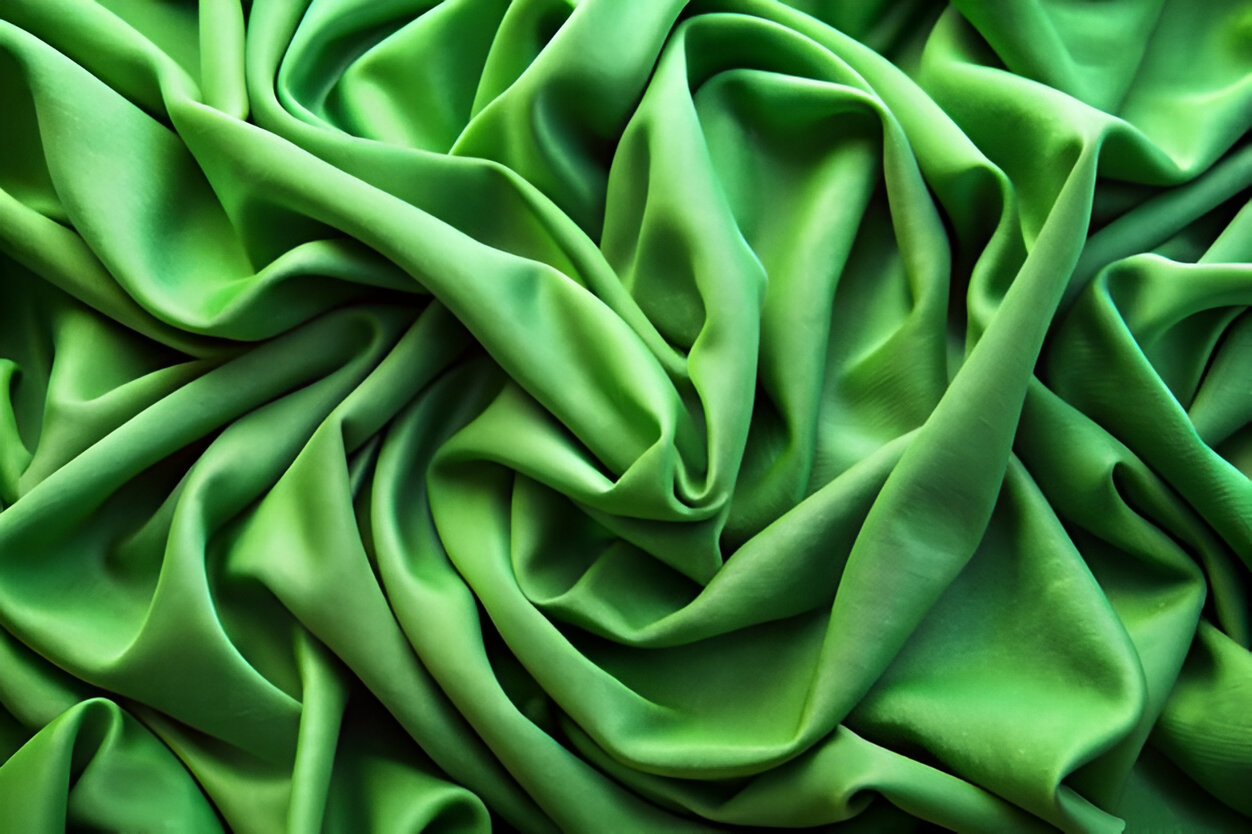
People ask “What is the rayon fabric’s uniqueness and how is it different from other fabrics?”. Rayon’s distinct properties frequently lead to comparisons with cotton, polyester, and silk. Understanding these comparisons can assist businesses in making informed decisions when choosing materials for their products.
Rayon vs Cotton
Rayon and cotton are fairly similar in terms of softness and breathability. Both materials provide a comfortable sensation on the skin and great moisture-wicking abilities. Still, rayon offers a smoother and more luxurious feel similar to silk, in contrast to the natural softness of cotton.
Cotton usually outperforms rayon in terms of durability, as it tends to last longer and resist wear and wrinkles better, needing gentler maintenance.
Rayon vs Polyester
Rayon and polyester have distinct origins and characteristics. Rayon, which is partially synthetic, is made from natural cellulose, making it more environmentally friendly than fully synthetic polyester.
Polyester is recognized for its strength and wrinkle resistance, while rayon provides a softer and more breathable feel, resembling natural fibers. Companies may opt for rayon due to its comfort and sustainable qualities, while polyester could be favored for its strength and low maintenance.
Rayon vs Silk
Rayon is frequently admired for its capacity to imitate the luxurious texture of silk for a significantly lower price. Both textiles provide a sleek, shiny appearance and hang elegantly, which is why they are favored for luxury clothing items.
Nonetheless, rayon offers a less expensive option compared to silk, showcasing comparable visual characteristics at a reduced cost. Although silk is known for its natural shine and strength, rayon provides a similar appearance and texture, making it an appealing choice for producers in search of a cost-efficient yet sophisticated material.
Why Choose Rayon for Your Manufacturing Needs?
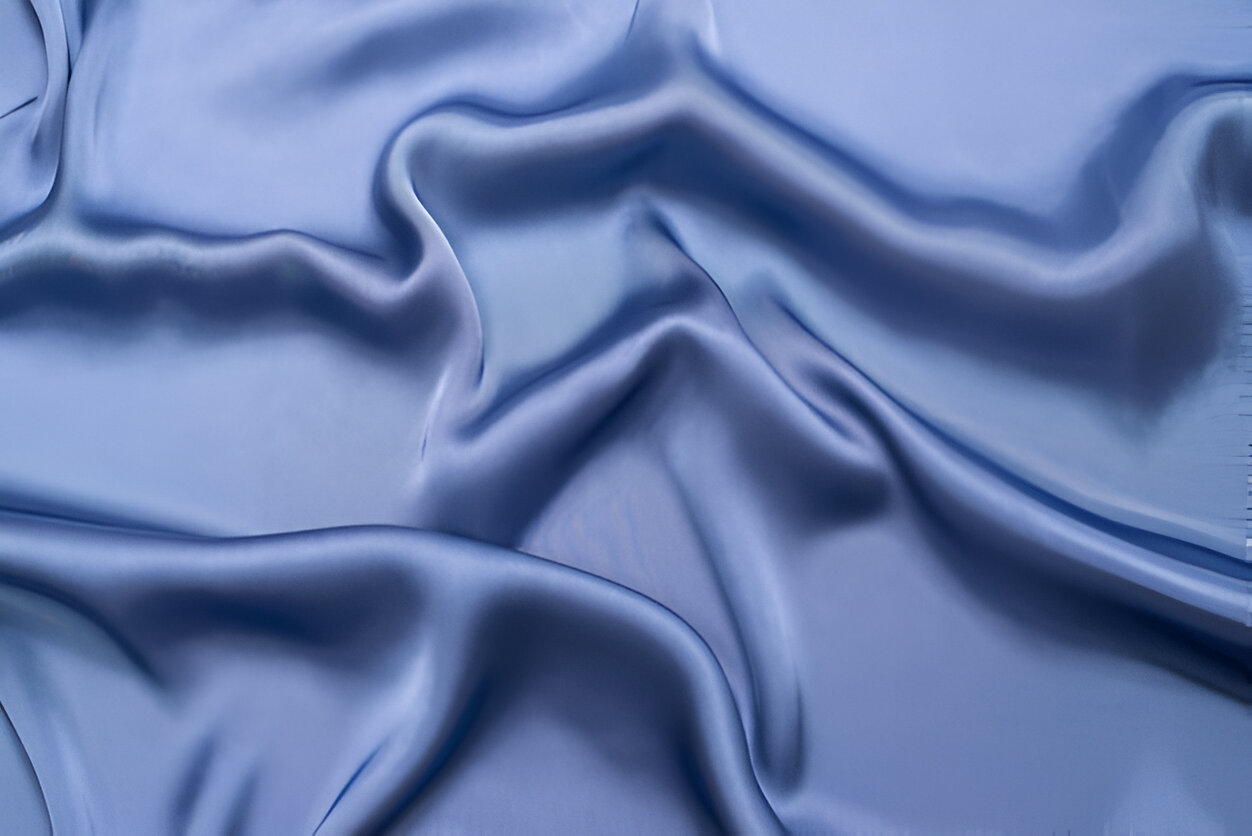
Manufacturers are attracted to Rayon fiber due to its distinct properties when seeking to improve their product offerings. The textile industry recognizes its standout qualities due to its flexibility and ability to adapt.
Business Advantages
Manufacturers prefer rayon because it is easily sourced and has a wide variety of uses. Businesses looking to provide top-notch products without spending too much are attracted to its cost-effectiveness and superior quality.
Additionally, the environmentally friendly manufacturing methods of rayon appeal to brands dedicated to sustainability, making it a smart option for following eco-conscious market trends.
Customization
Rayon is known for its excellent flexibility as one of its key features. Mixing it with different fibers can produce distinct fabric textures for personalized clothing collections, opening up various options.
Furthermore, rayon has excellent dye absorbency, enabling manufacturers to create colorful prints and designs that satisfy particular design needs, allowing brands to differentiate themselves with unique products.
Scalability
Rayon’s flexibility also applies to the ability to increase production. Its characteristics make it easy to transition from producing small amounts to large quantities, which is beneficial for manufacturers looking to modify their production levels.
This ability to scale ensures that companies can effectively handle changing demand while maintaining quality, ultimately improving their production procedures.
Future Trends and Innovations
As the textile industry changes, rayon fabric keeps up with new trends and innovations, establishing itself as a flexible and eco-friendly choice for future production. Understanding emerging trends, sustainability initiatives, and novel rayon applications enables businesses to maintain a competitive edge.
New developments
New developments in rayon manufacturing technology are changing both the characteristics and production techniques of the fabric. Innovations consist of enhanced processing methods that improve the durability and texture of fabric while preserving its natural sensation.
Different types of rayon, including eco-friendly mixes and fabrics focused on performance, are being created to align with a range of consumer demands and standards in the industry. These advancements not only increase rayon’s attractiveness but also broaden its usefulness in different applications.
Sustainability initiatives
Sustainable practices are a top priority in the manufacturing of rayon, with continual initiatives to minimize harm to the environment. Contemporary methods involve closed-loop systems that reuse water and chemicals, minimizing waste and emissions.
Furthermore, companies are investigating sustainable ways to source cellulose from responsibly managed forests and are using environmentally friendly dyes and finishes. These efforts are intended to promote rayon as a more eco-friendly option, matching the increasing need for sustainable textile solutions in the market.
Potential applications
Rayon’s versatility allows for creative uses in the fashion industry. In addition to its traditional applications in clothing, rayon is now being investigated for use in activewear, medical textiles, and advanced fabrics incorporating technology.
Its capacity to mix well with different fibers and its desirable dyeing properties enable it to be used for making one-of-a-kind, high-quality products. As manufacturers keep trying out new things, the possibilities for rayon to improve different sectors of the textile industry increase, creating new chances for development and distinction.
Rayon: A Fabric Worth Investing In!
Rayon fabric is known for its distinctive combination of natural and synthetic attributes, which makes it a flexible and affordable option for a range of textile uses. Manufacturers value it for its luxurious touch, vibrant dyeing properties, and versatility in fashion and home textiles. With the industry adopting sustainability and innovation, rayon’s progress in eco-friendly features and wider range of uses make it a forward-looking choice. Businesses looking to improve their product offerings can consider using rayon, which provides a cost-effective, comfortable, and versatile fabric option. Moreover, if you’re searching for a quality clothing manufacturer, get in touch with Weft Apparel’s experts for premium clothing manufacturing for your brand.

